See Northern Ireland Through the Lens of a Pioneering Woman Archaeologist
Newly digitized photographs by educator and historian Mabel Remington Colhoun cover the 1920s through the 1980s
:focal(791x479:792x480)/https://tf-cmsv2-smithsonianmag-media.s3.amazonaws.com/filer/b2/e3/b2e33856-5e23-4ee6-bdc1-fb567754e990/man-with-donkey.jpg)
A new online exhibition offers a window into daily life in Northern Ireland—as well as glimpses of significant sites around Europe—between the late 1920s and the 1980s, reports Brendan McDaid for the Derry Journal.
Housed at the Tower Museum in Derry, the Mabel Colhoun Photographic Collection consists of pictures taken by archaeologist, teacher and historian Mabel Remington Colhoun. Denise Henry, an archaeologist, educator and museum volunteer, digitized more than 10,000 of Colhoun’s slides over the past three years; now, the museum has placed a selection of these images online.
“On a local level, Mabel captured the shifting historical and natural landscape of her native Derry City and ancestral homeland in Donegal,” Henry tells the Journal. “On a national and global level, Mabel collected a record of sites and places that no longer exist or have changed dramatically over time.”
Born in Derry in 1905, Colhoun became the first principal of the preparatory department at Londonderry High School in 1935. She continued teaching there until her retirement in 1969, according to BBC News.
Outside of her work in education, Colhoun spent decades as a volunteer researcher, studying her family’s ancestral home of Inishowen, County Donegal. She eventually published her findings in a tome titled The Heritage of Inishowen: Its Archeology, Heritage and Folklore.
In a video posted alongside the collection, Henry details how Colhoun spent her weekends bicycling dozens of miles to survey archaeological sites.
“She spent her whole life protecting and preserving and recording all the heritage of Inishowen,” says historian and broadcaster Roy Hamilton in the video. “She was a natural teacher. She taught as a livelihood, as a living, but when you were in her company you just felt that you were going to learn something.”
According to the Tower Museum, Colhoun was a lifelong traveler who developed her love of archaeology while visiting the Middle East and Egypt. She also hiked the Alps on foot, crossing over from Germany into northern Italy.
After Colhoun’s death in 1992, the museum inherited her photographs and papers. The trove includes snapshots of daily life in rural Northern Ireland, photographs of events like the landing of the Italian Air Armada in 1933, and images of the Colhoun family’s travels. It also features photographs documenting archaeological sites where Colhoun and her colleagues investigated local history, as well as buildings and monuments that have since disappeared. Colhoun’s sketches and paintings of natural life and the local landscape make appearances, too.
“She would carry out roles not normally associated with women and was quite simply the best at it, widely recognized as an archaeologist, teacher, photographer and naturalist,” Ronan McConnell, the museum’s education officer, tells BBC News.
Henry discovered the collection of 35-millimeter slides in the Tower Museum’s Colhoun Archive. During her life, Colhoun used the slides in talks about her research.
Speaking with the Journal, Henry says, “As a fellow archaeologist and native of Donegal, I am delighted to play my part in promoting Mabel’s legacy, by developing photographic time capsules that will encourage conversations about the past and create an appreciation of it in the present.”
/https://tf-cmsv2-smithsonianmag-media.s3.amazonaws.com/accounts/headshot/Livia_lg_thumbnail.png)
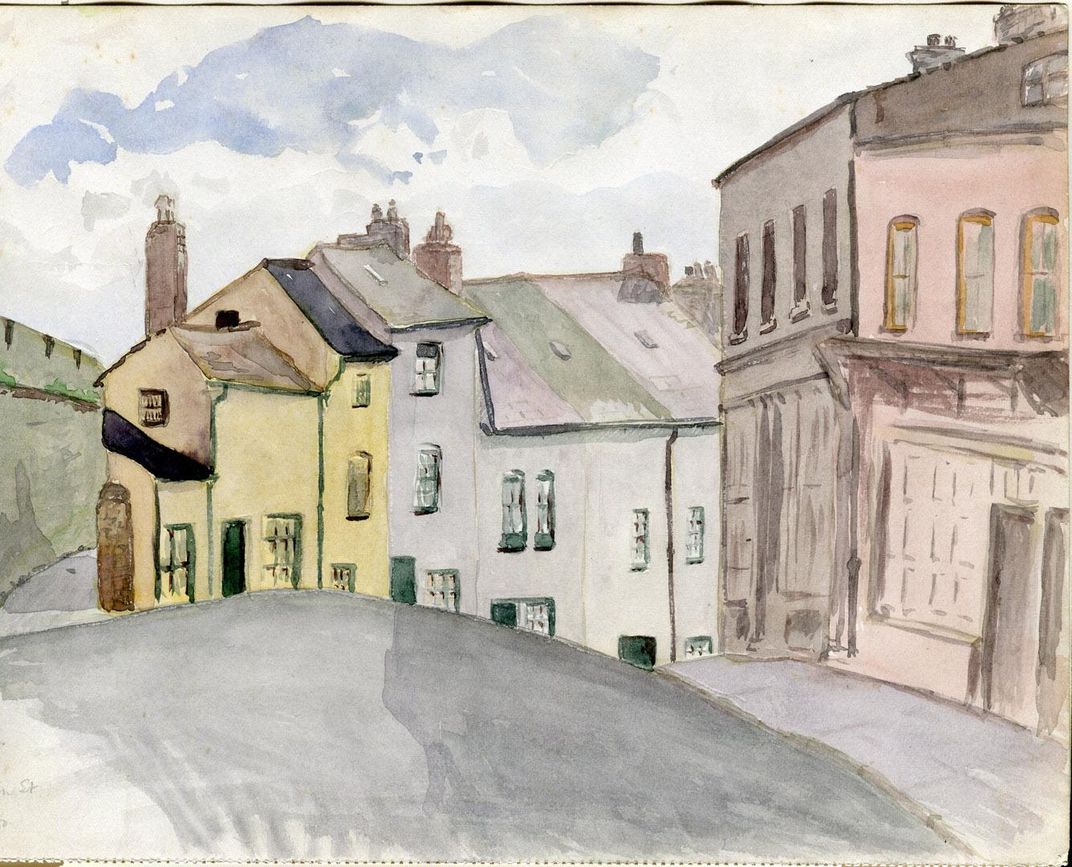
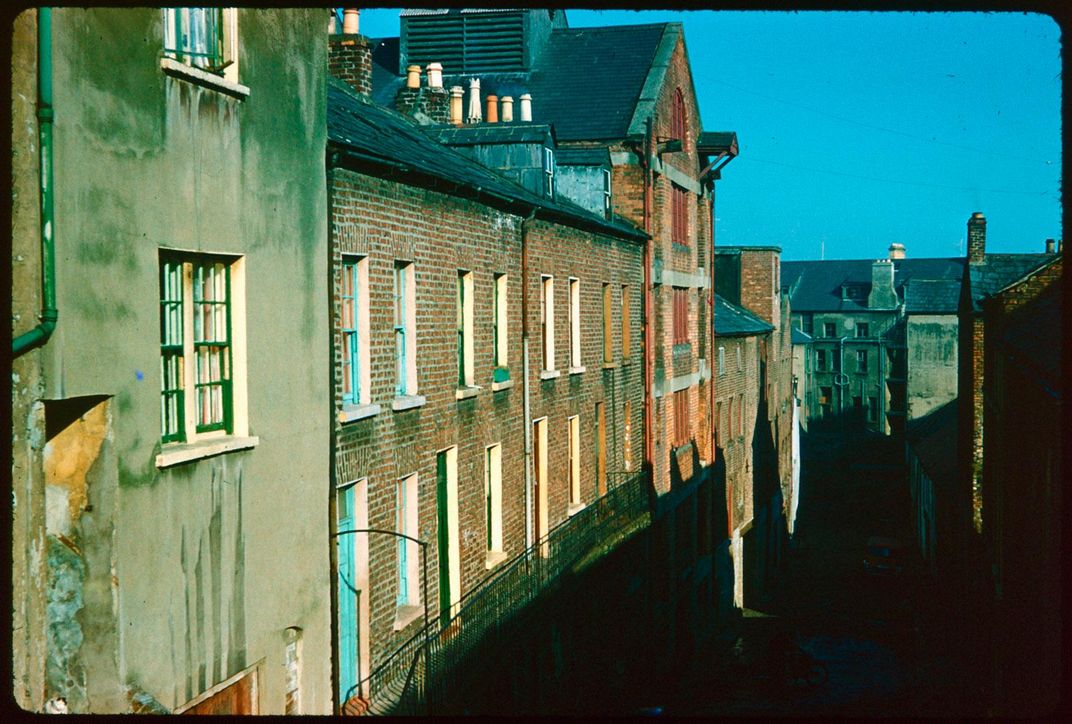
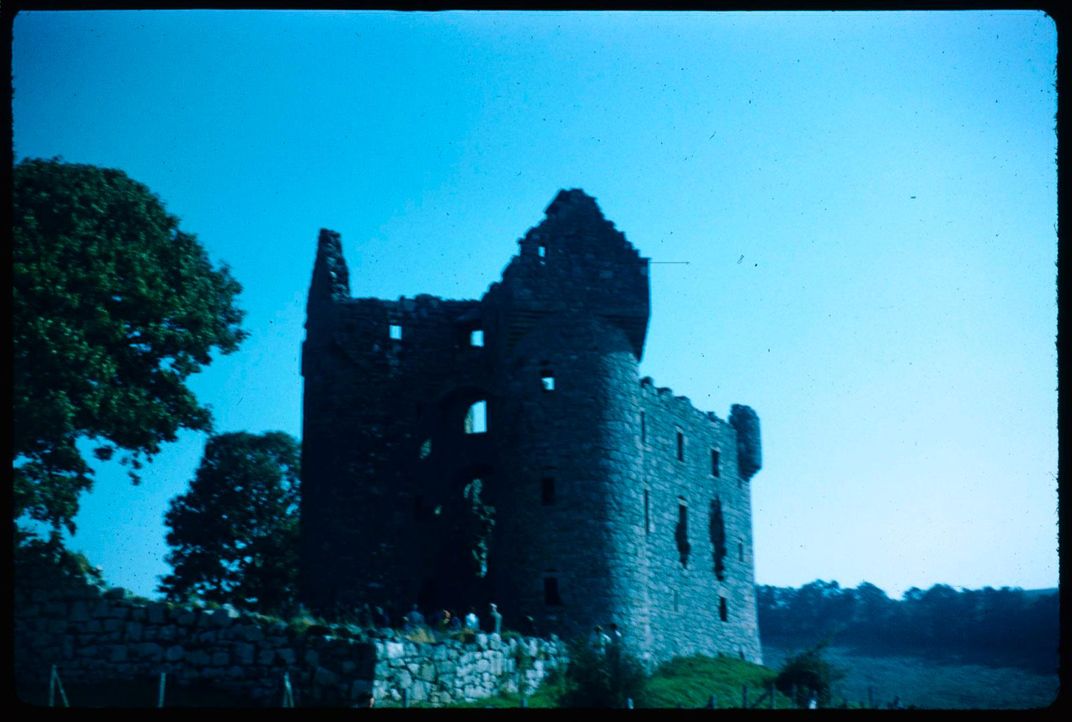
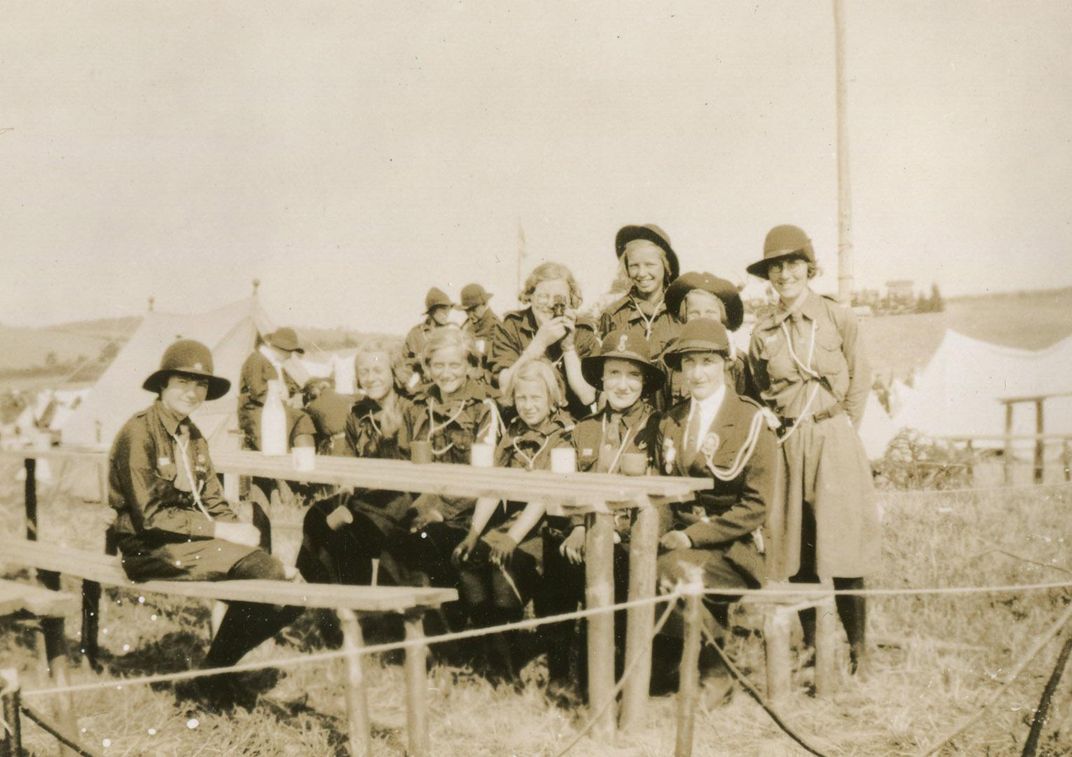
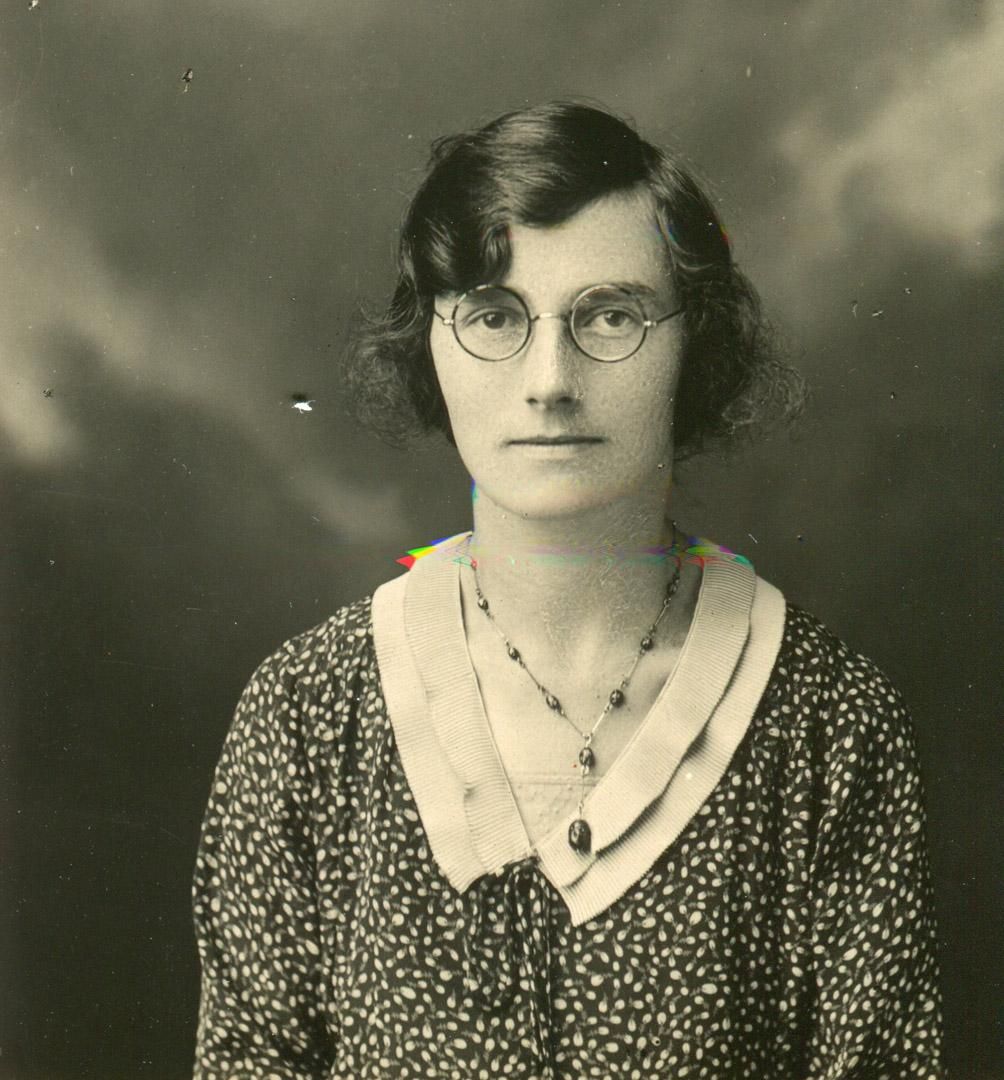
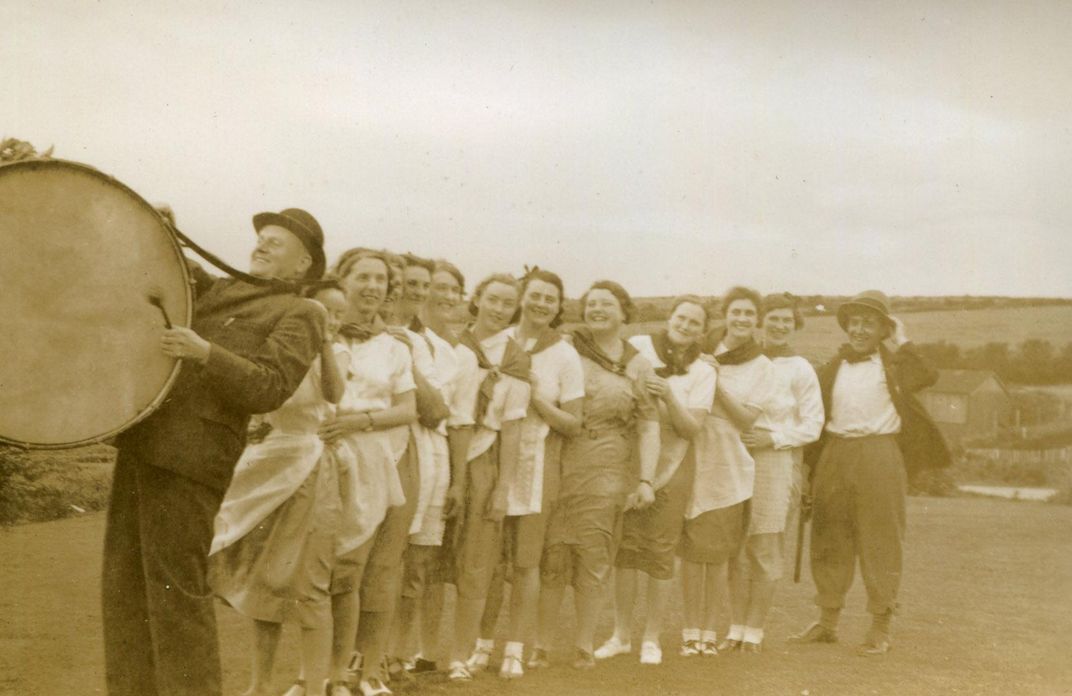
/https://tf-cmsv2-smithsonianmag-media.s3.amazonaws.com/accounts/headshot/Livia_lg_thumbnail.png)